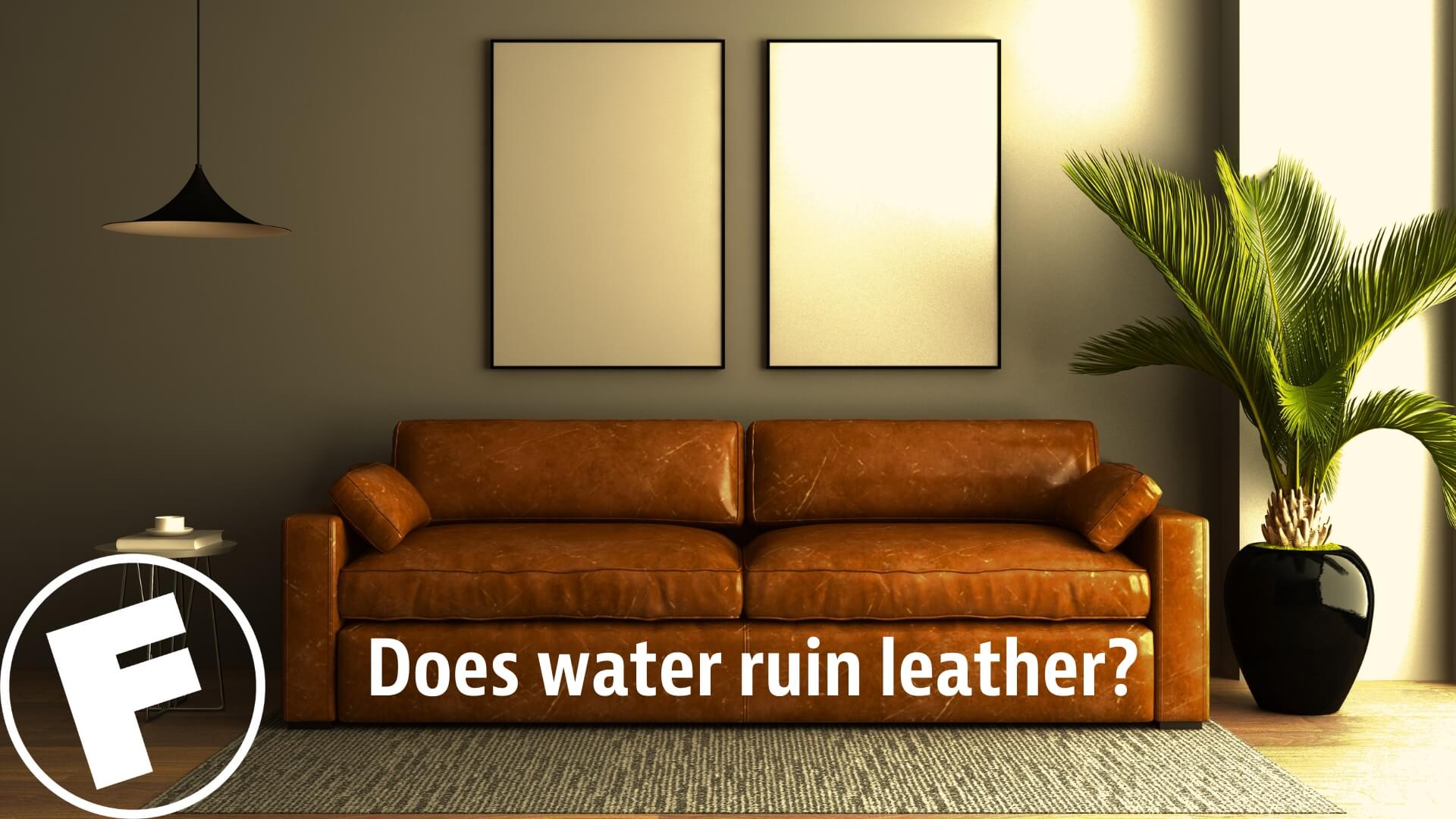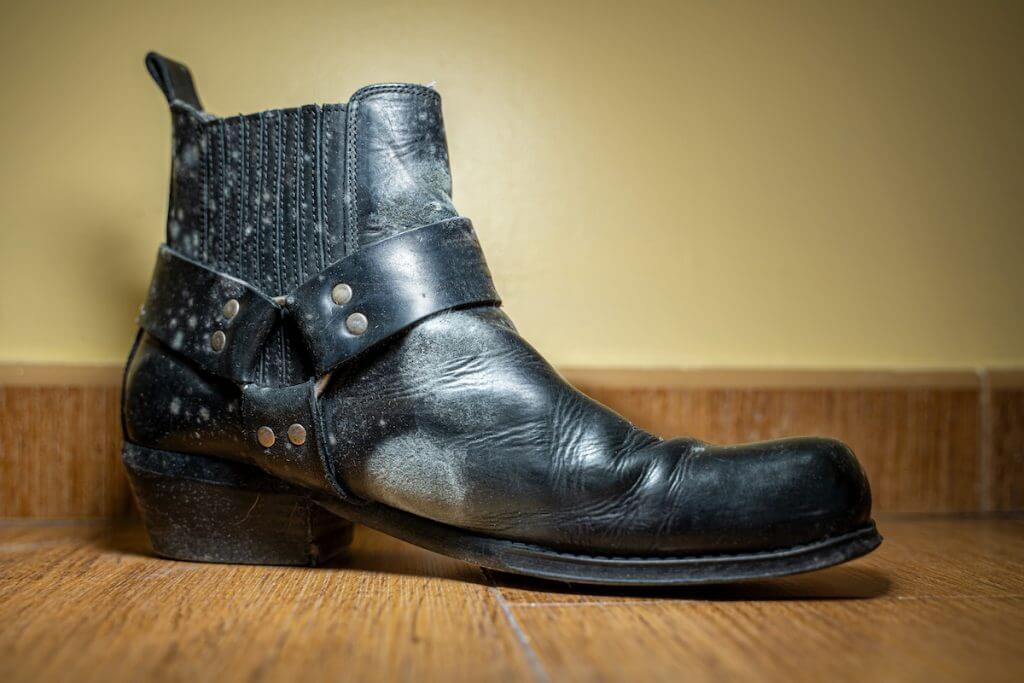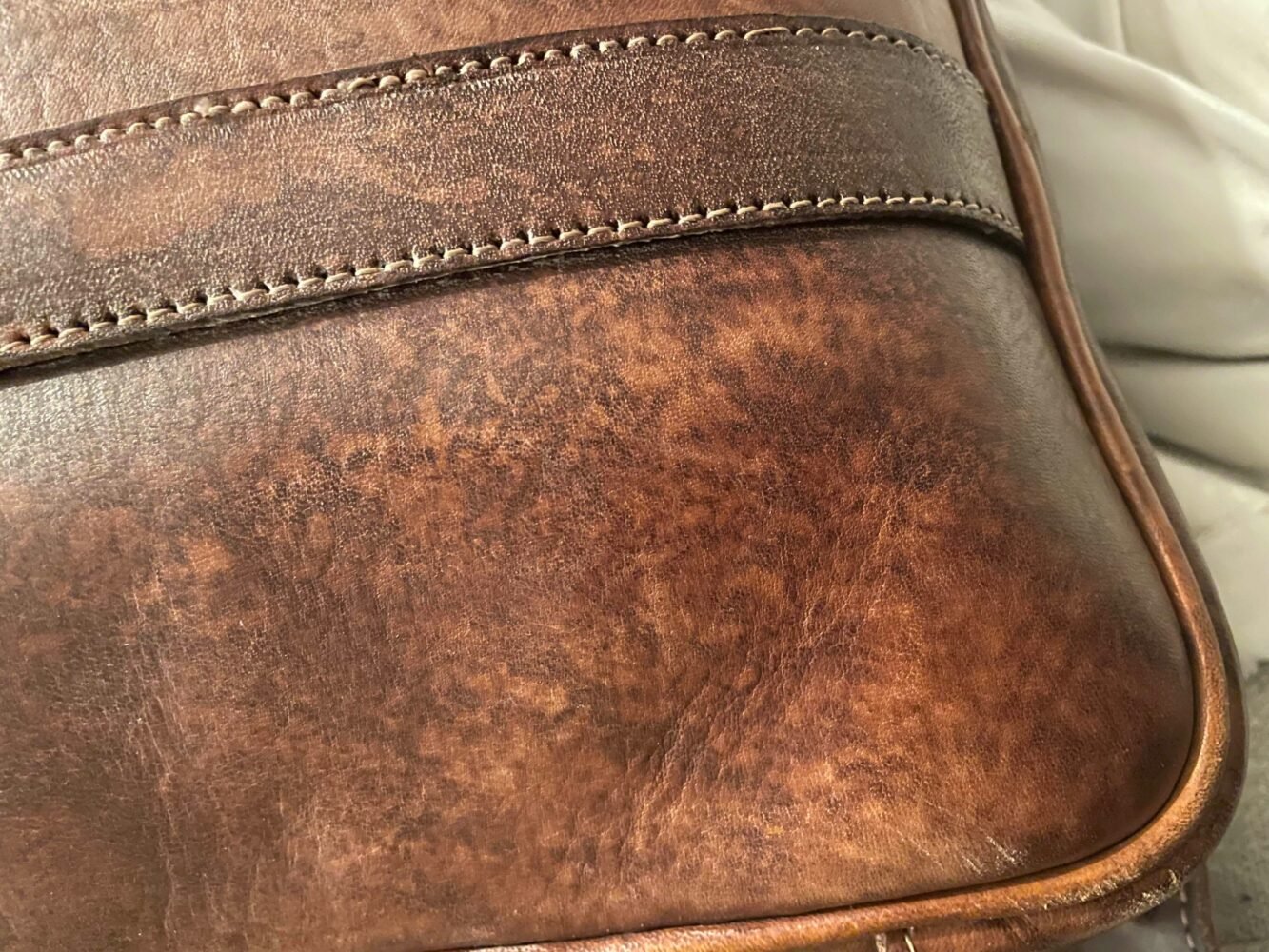How to Restore and Prevent Water Damage to Leather
Does water ruin leather? On one hand, it’s true that your high-quality leather jackets, leather shoes, leather bags, leather couches, and everything else are naturally slightly water-resistant.
But no matter what advice exists, the fact remains: wet leather can quickly turn into unhappy leather if the situation is not resolved quickly. To avoid any heart-breaking water stains on your leather goods, let’s take a look at what you can do to prevent them. Read on!

Excess water and contaminants are the bane of leather items
Water damage due to spills is not typically a major cause for concern for most types of leather—suede, for example. In fact, a little water won’t hurt leather at all, as the natural oils in most leather products create a protective layer that gives you enough time to clean up water spills before leather soaks it up.
When spills and small amounts of water do cause damage, it usually makes the leather harden. Think, for example, of leather work gloves that always get stiff after a day of gardening. The suppleness of the leather disappears and it becomes coarse and rigid to the point even the best leather conditioner won’t help.
However, flooded leather—when water molecules have fully saturated the material—is a much bigger issue. This happens when excess water isn’t cleaned off promptly, and the prolonged exposure makes the water sink in deep.

Sometimes, the problem isn’t the water itself, but the contaminants and minerals in it. These contaminants usually have an odor and make for a costly repair. But, if only part of your leather item was flooded or if it was flooded with clean water, it might be a relatively easy professional fix.
Symptoms of water-damaged leather
While water itself doesn’t necessarily ruin leather here’s how prolonged spills can affect leather:
- Stiffening: When leather gets wet, it can become stiff as it dries. This stiffness can lead to a loss of flexibility and make the leather uncomfortable to wear or use.
- Discoloration: Water can cause leather to darken or change color temporarily. This is more likely to happen with lighter-colored leathers. As the leather dries, it may return to its original color, but there could still be some variation.
- Cracking and Warping: Excessive moisture can cause the leather fibers to weaken and stretch. As the leather dries, it may lose its shape, resulting in warping or cracking, especially if it’s not properly conditioned afterward.
- Mold and Mildew: Moist environments can encourage the growth of mold and mildew on leather surfaces. Mold and mildew can cause permanent damage to the leather fibers and also create a musty odor.
Rest assured, we’ve got you covered. Let’s take a look at how to fix and prevent irreversible damage.
How to fix water-damaged leather
The best way to soften up leather stiffened from water damage is to massage it. Think back to those work gloves. When you put them on in the morning, they’re all stiff from the last day’s work, but once you move around in them for a little while, they get soft again.

There are also many other ways to avoid or restore water damage.
Water-damaged leather care best practices
There are many strategies you can use if a water spill does occur to prevent it from ruining your leather.
- Prevent contaminants: When using water to wipe up other spills on the surface of the leather, make sure to use distilled water because minerals and rust in some waters can cause further damage. Always use a clean cloth as well, as there could be contaminants within or on the cloth or rag you use.
- Remove excess water pronto: If you do spill water on your leather goods, wipe up the excess in a circular motion using a dry cloth across the entire surface, then let the air drying process begin.
- Clean and make leather water-repellent: Clean and protect your leather items regularly to make them more resistant to water damage. Applying a natural remedy like beeswax cream can help, or a leather cream and waterproofing spray. Hint: we sell leather care kits, just in case!
- Proper storage is key: Store leather items in a cool, dry place away from direct sunlight and moisture. Consider using a protective cover or storage bag if necessary.
- Don’t reach for the blow dryer: Allow the leather item to air dry at room temperature. Avoid using heat sources like hairdryers or radiators, as they can cause the leather to dry too quickly and potentially crack.
Remember that prevention is key when it comes to protecting your leather items from water damage. Be cautious about exposing them to rain, spills, puddles, or other sources of moisture, and take prompt action if they do get wet.
When all else fails, Fibrenew can help
From briefcases to boat upholstery, Fibrenew knows our stuff when it comes to leather. Get in touch with any of our skilled operators for any of your leather care needs.
Or perhaps we’ve piqued your interest in the art of leather restoration? If so, owning your own business in the industry might be something you’re interested in. Request your free franchise information report for everything you need to know.
Stay tuned!


